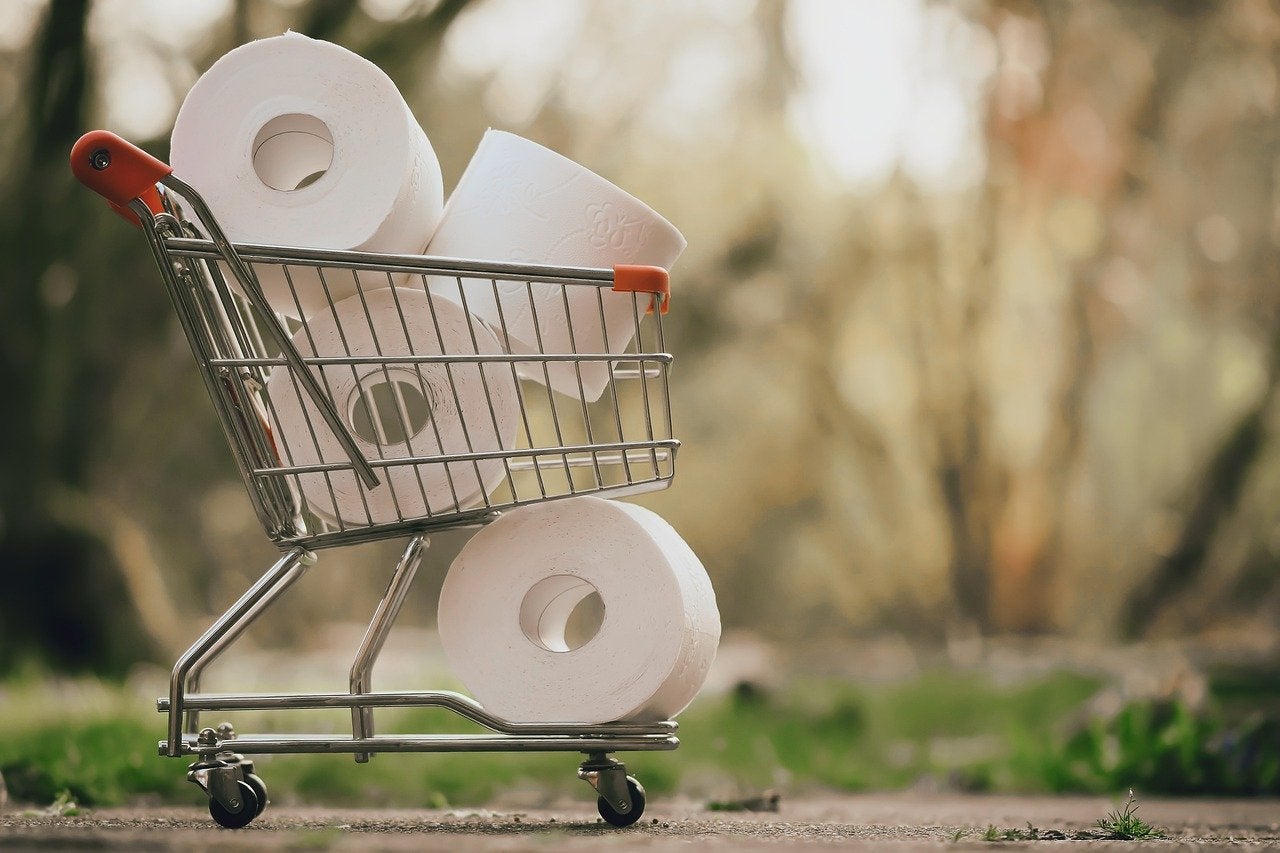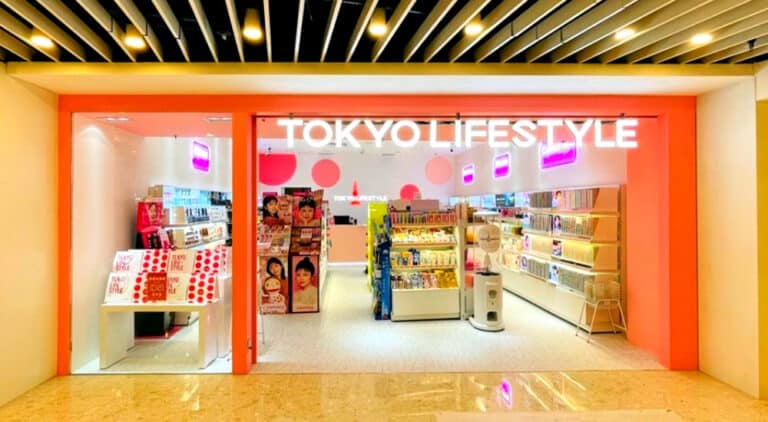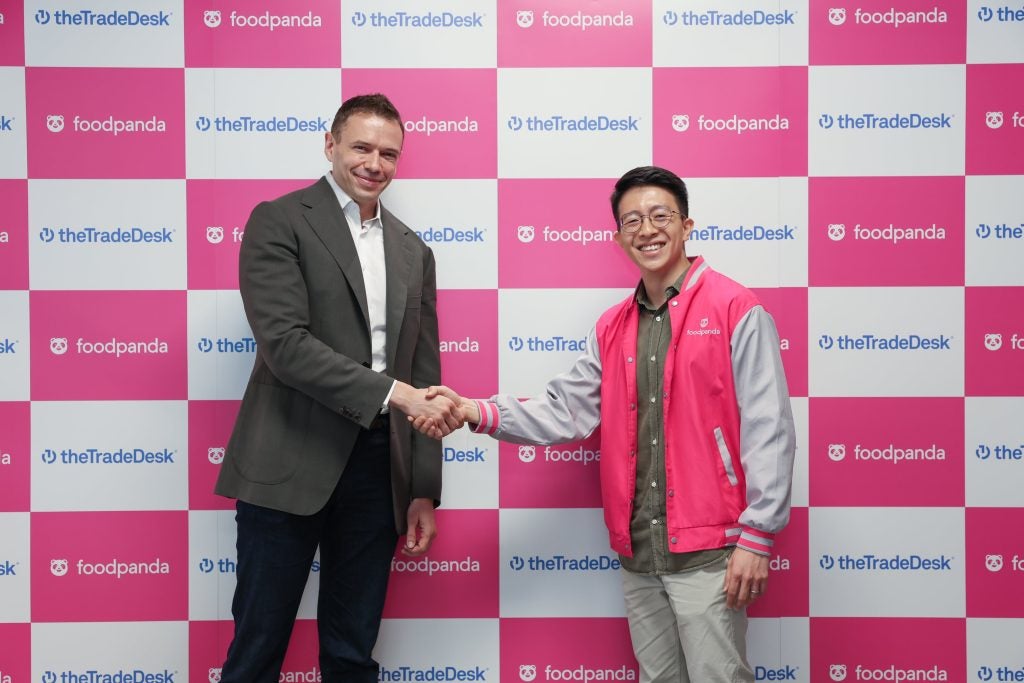
The Covid-19 coronavirus pandemic has changed the way retail operates, from introducing social distancing measures to investing in e-commerce and omnichannel operation. At the beginning of the pandemic, retailers witnessed a significant change in supply chain demand. Retailers need to be better prepared should another lockdown be implemented and supply chain demand drastically change again.
Retail Insight Network talked with business planning service Vuealta VP of application Antony Lovell about the way the pandemic has affected demand in the retail industry and how businesses can prepare for another shift in the supply chain.
Jessica Paige: Could you tell me a bit about yourself and your background?
Antony Lovell: I’m the VP of applications at Vuealta. I do the development of the Vuealta supply chain applications on the Anaplan platform. Anaplan is a versatile platform and we found that there’s quite a market for pre-configured applications on it. Prior to that, I worked in the software industry for about seven years and prior to that I was in consultancy. I actually started my career studying a Masters in supply chain at Cranfield University.
JP: How has Covid-19 changed demand in the retail industry?
AL: One of the most underestimated impacts has been the shift in distribution channels. So there were the obvious spikes in demand, such as with what we had for toilet paper, and then there were plunges in demand, such as with the travel sector. Then there’s the supply impact which has prevented us from fulfilling demand.
The big shift though that we haven’t paid enough attention to was the shift in distribution channels of demand. For instance, take toilet paper, we all visited the toilet just as regularly. With buying toilet paper, there are two distinct channels: The consumer channel, which we buy in the supermarkets, and the commercial channel, which offices would buy. The fact that everybody was working from home wasn’t changing the demand for toilet paper, but instead shifting demand from the commercial channel to the consumer channel.
So there wasn’t just a change in total demand. It was actually changing the distribution channels.
How well do you really know your competitors?
Access the most comprehensive Company Profiles on the market, powered by GlobalData. Save hours of research. Gain competitive edge.

Thank you!
Your download email will arrive shortly
Not ready to buy yet? Download a free sample
We are confident about the unique quality of our Company Profiles. However, we want you to make the most beneficial decision for your business, so we offer a free sample that you can download by submitting the below form
By GlobalDataJP: How is this changing demand going to affect the retail industry post-lockdown?
AL: Closing down stores has been the fate of retail for a while, things are just speeding up now due to the virus and with people looking to withdraw from retail outlets. There’s a shift in consumer behaviour, though, some of which will be permanent. For instance, I’ve been getting all my groceries online and I plan to keep doing that after the lockdown because it’s a better use of time.
The one thing retailers are going to be faced with though is a lot of uncertainty. We don’t quite know how and when retail is going to recover, and it’s probably going to be varied. For example, in the States, Texas and Florida reopened but are now having to reverse course and start closing again.
How retailers respond to this, to opening and closing as second waves come along, is important. Consumers are likely to become more conservative and want to stay at home, and so demand changes are going to be unpredictable again. It’s for this reason that businesses need to be demand sensing and more in tune with supply chains.
JP: What can retail businesses do to plan for an uncertain future?
AL: Businesses need to be agile and responsive. Part of that is about gaining insights and being aware of demand changes. The industry needs to be constantly demand sensing [a mathematical demand forecasting technique] and gaining insights on data that we’re not used to collecting.
Historically, looking at stores’ sales was a good way to forecast the future. However, now we need to be looking at pieces of data we’ve not looked into before, such as customer mobility and virus trends. Retailers need to also be looking into omnichannel strategy so that they can be serving customers by pickup or deliver, or via web channels. Having strategies like this in place is what’s going to help businesses adapt.
JP: Could retailers have predicted this demand shift before Covid-19?
AL: The shift was unpredictable to a point. There was the possibility of predicting in January what would happen in March, and maybe scientists were doing that and not gaining enough attention.
But based on our current situation, I think the retailers that survived best are the ones who were most responsive in the early stages of the virus and already had omnichannel strategies in place. If you were a retailer operating from an outlet, and the retail outlets then shut, your revenue went to zero.
This is where demand sensing helps and I think this pandemic has been a wakeup call. Retail needs to become more agile and resilient and evaluate omnichannel strategy.





